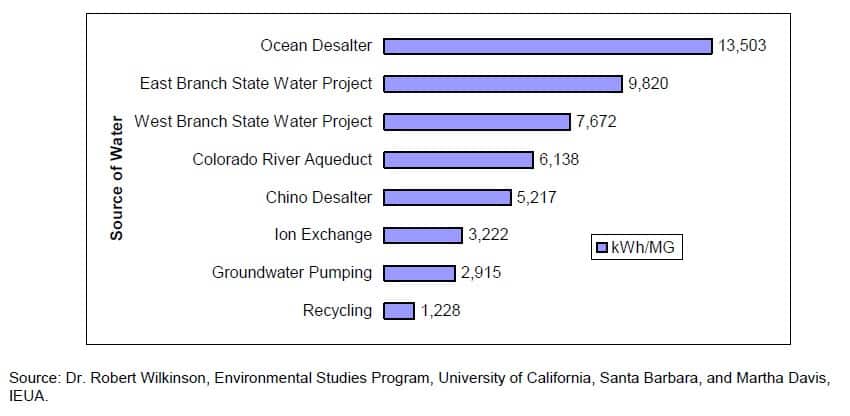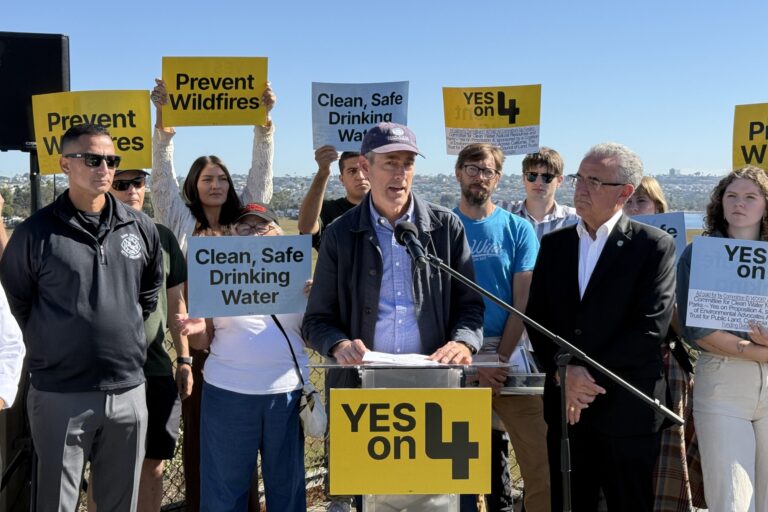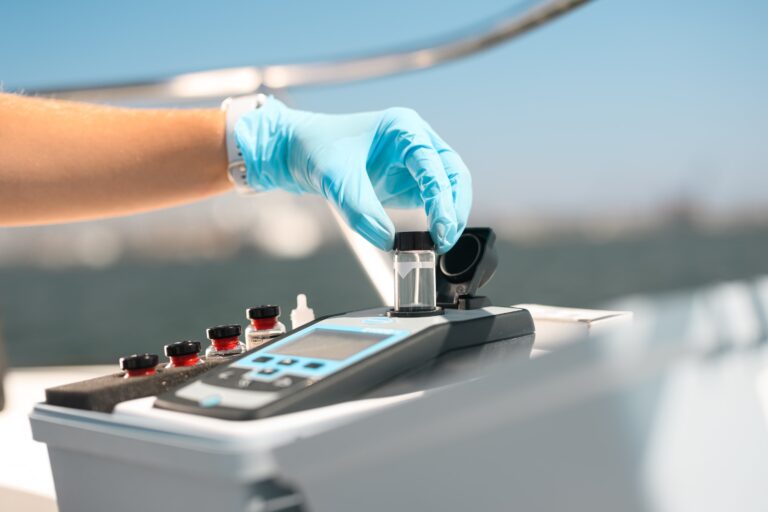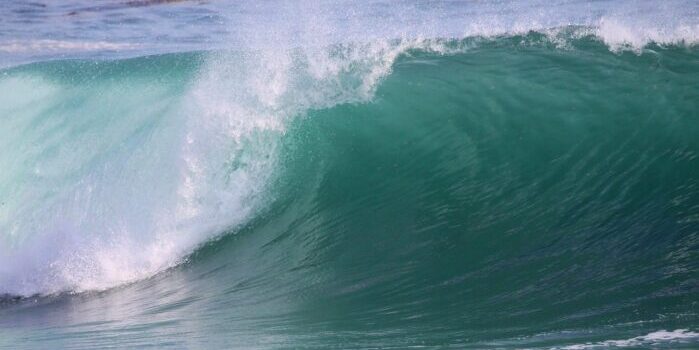Editor’s note: Congratulations for being the kind of person who would click on a title like that. Despite the fact that it’s actually a very interesting and dynamic topic, it’s virtually impossible to write a clickbait-y title for an article on integrated water management (believe me, I’ve tried), so I commend you on your genuine curiosity for the subject. We’re glad you are here!
—
When water means energy and energy means water
Water and energy are inextricably linked. According to the California Energy Commission, the “transportation and treatment of water, treatment and disposal of wastewater, and the energy used to heat and consume water account for nearly 20 percent of the total electricity…in California.” This relationship between how much energy is used to transport, treat, store, and dispose of water has been dubbed the “water-energy nexus.”
Energy use and climate change
Our region – and the world – has already begun experiencing the effects of climate change, largely driven by the consumption of fossil fuels. Recognizing this, the State Water Board (which manages California’s water sector) has acknowledged its legal obligation to meaningfully address climate change with concrete action and has acknowledged that mitigating climate change necessarily entails “reducing the energy intensity of the water sector, replacing fossil fuels with renewable energy, improving efficiency, and reducing water consumption.”
While all water supplies require energy, not all require the same amount of energy. Below is a quick peek at energy levels associated with various types of water supplies, with recycling wastewater and capturing stormwater generally among the least energy intense types of acquisition:


In recognition of the staggering differences in energy intensity of various types of water supply, the State Water Board has also acknowledged that “the potable and non-potable use of recycled water, the use of storm water, and the use of natural or green infrastructure for storage, movement and treatment, have the potential to reduce greenhouse gas emissions if replacing an existing or future, higher carbon water supplies.”
Coastkeeper’s role
Here at San Diego Coastkeeper we’re proactively advocating for solutions that will address water supply, water quality, and flooding challenges, while concurrently increasing our region’s climate resilience and water use efficiency. These holistic, multi-benefit solutions make up a management strategy called “integrated water management,” and seek to turn waters like stormwater and wastewater – historically seen as liabilities – into community assets.
Embracing conservation and potable reuse
As a low tech and immediately available option for reducing energy use, water conservation has long been among our championed solutions to water supply challenges. But our biggest and longest-standing effort to spearhead a shift toward lower energy, multi-benefit water supplies is our advocacy for water recycling. This journey began in the 1990s and culminated in 2015 with Coastkeeper and our environmental allies signing a Cooperative Agreement with the City of San Diego to implement Pure Water– a program to recycle at least 83 million gallons per day of water previously being used once, treated minimally, and dumped into the ocean. We spend a tremendous amount of money and energy getting water to San Diego – using it efficiently and repeatedly once it’s here just makes sense.
Looking forward
While Pure Water is a huge step in the right direction, it’s just the beginning of our efforts towards integrating water management in San Diego, and there’s plenty of low-hanging fruit still waiting to be grabbed. Today, San Diego treatment plants continue to dump hundreds of millions of gallons of partially treated water into the ocean, and this water has enormous potential to supply future needs and with less energy. And, while a growing number of communities – including Los Angeles – have begun looking at stormwater to recharge aquifers, irrigate landscapes, or meet any number of other needs, here in San Diego we have yet to implement any meaningful type of stormwater capture and use in our region, though the City’s own reports show up to 22 percent of our water supply needs could potentially come from stormwater. As in, the free rainwater that already falls on our region during rainy season, that we are currently not making use of while paying other regions to use theirs. And because we’re tying it all back to energy use here, it should be mentioned that analyses have shown stormwater capture ranks among the least expensive sources of alternate water supplies, compared to brackish desalination, non-potable reuse, indirect potable reuse, and the wildly energy-intensive seawater desalination that keeps getting touted as the next big thing in water supply acquisition.
A vision for the future
By successfully integrating water management infrastructure, our region can decrease the amount of energy use associated with water while increasing water security, improving water quality, reducing flood risk and hazards, creating green jobs, beautifying neighborhoods, building community cohesion, and establishing climate adaptation and resilience. Resulting “green infrastructure” projects in our urban communities will serve to not only help reduce pollution and flooding, but also establish green spaces such as parks, vegetated medians, and wildlife habitat and other urban community needs. It’s a win win, win, win win win… That is the future San Diego must realize in order to survive and prosper through the enormous challenges ahead. Let’s get to it.
—













